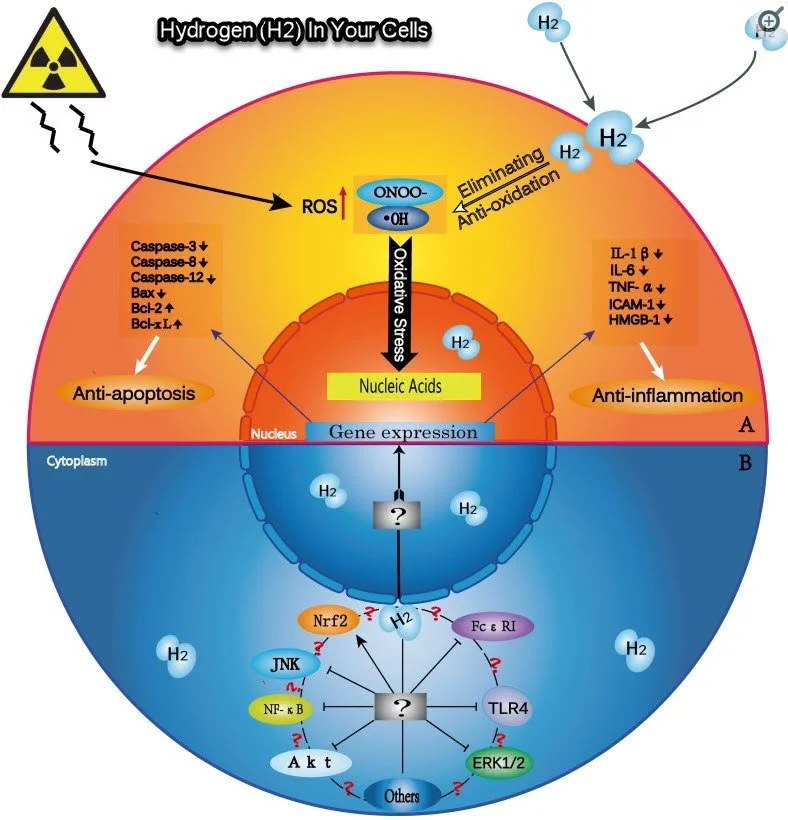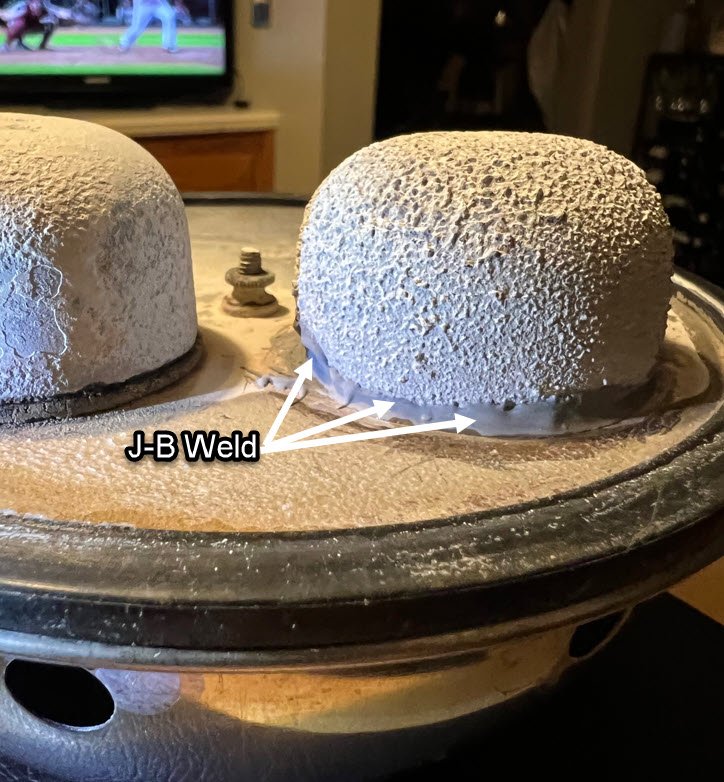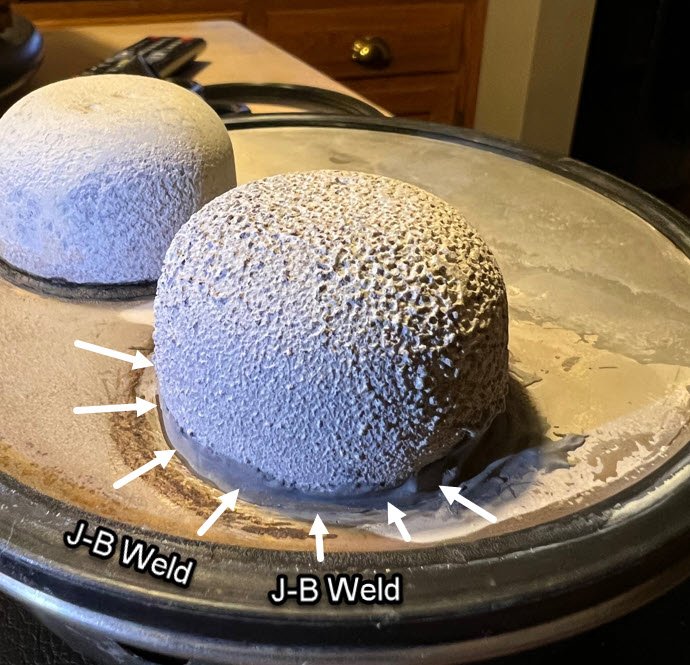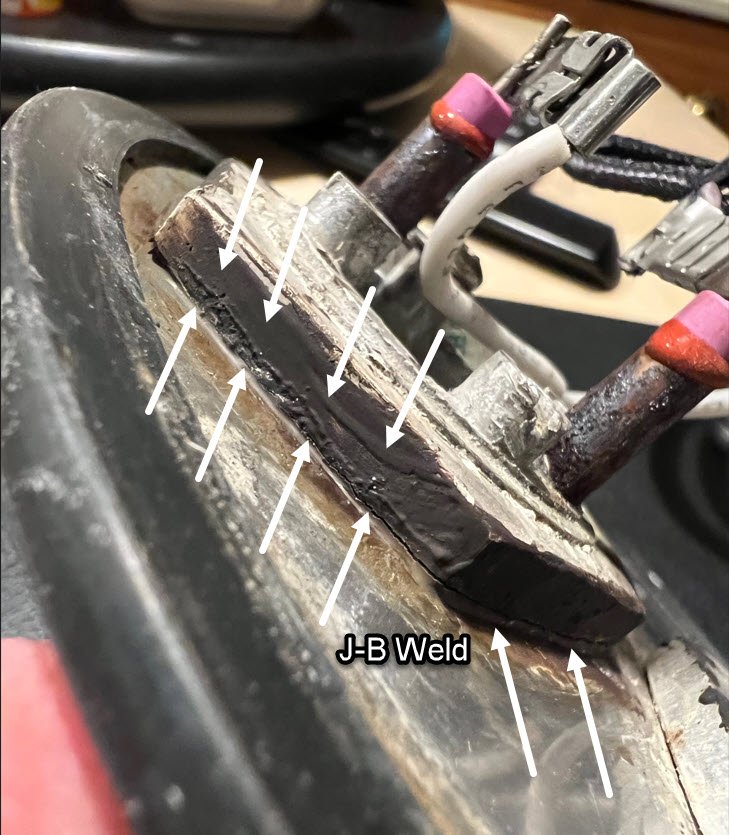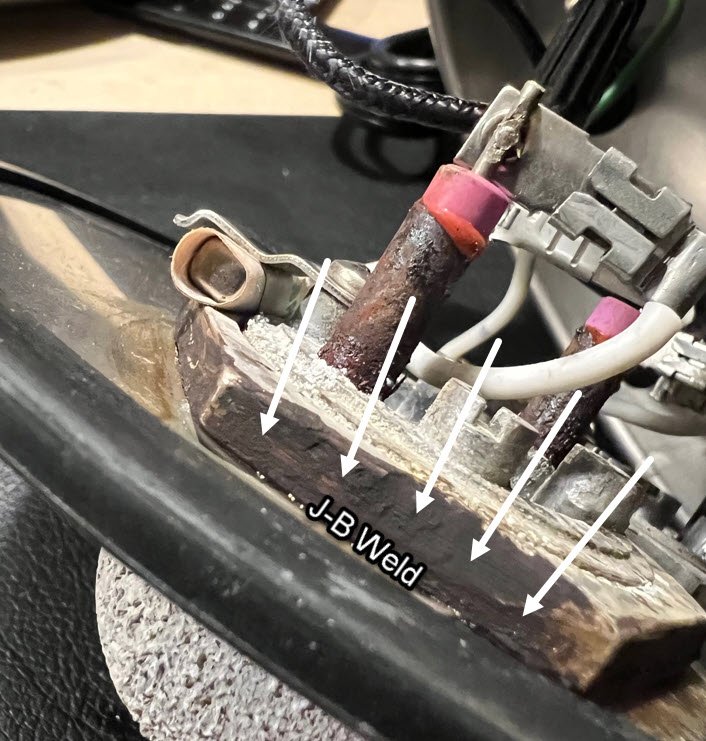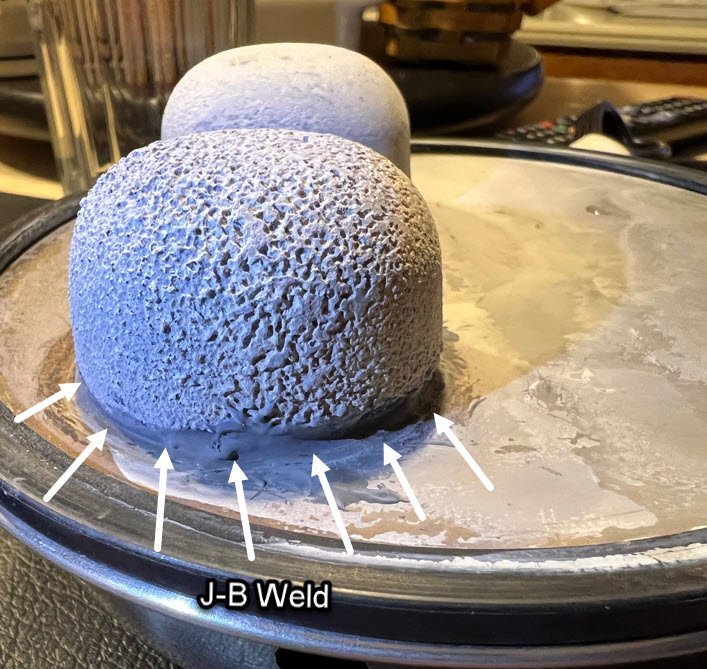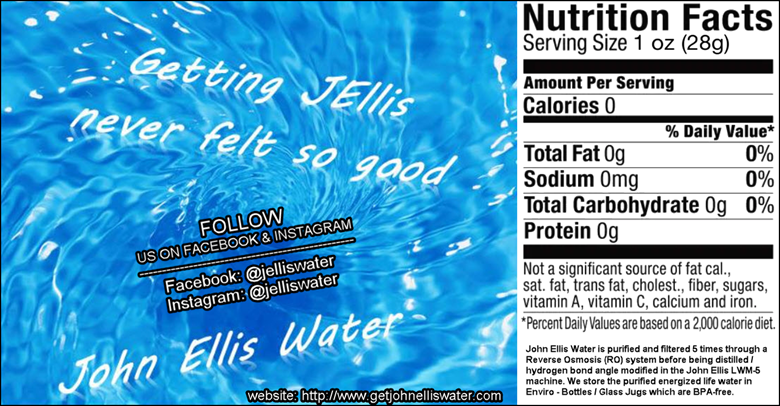1/8/2022
11.5 pH: Alkaline Ionized Strong Water Uses
1. GOOD NIGHT SLEEP
Drink 1/2-1 ounce of alkaline ionized water with 11.5 pH before bedtime to help release melatonin for a great night's sleep.
2. EYE WASH:
Rinse eyes with an eye cup.
Upon removing the eye cup from its packaging, soak in strong acid water (alkaline ionized water with 2.5 pH) for 1 - 2 minutes to clean and disinfect.
Rinse the eye cup thoroughly with strong alkaline water (alkaline ionized water with 11.5 pH).
Fill the cup, following package directions, with strong alkaline water (alkaline ionized water with 11.5 pH).
Place cup firmly around one eye, keeping your eye open, tilt your head back and gently roll your eye as though you were attempting to look up, down, and from side to side. Continue this for approximately 1 minute.
Now that you have completed one eye, toss the water away.
Rinse the eye cup thoroughly with strong acid water (alkaline ionized water with 2.5 pH) and repeat the same steps for your other eye.
To maintain healthy eyes, follow this protocol 1 - 3 times per week.
When working to improve any eye condition, follow this protocol at least 2 times daily and up to 10 times per day.
3. GREASE IN EYE
Spray alkaline ionized water with 11.5 pH as needed to soothe and heal eye.
4. MAKE UP REMOVER
Spray on eyes to dissolve and remove makeup.
5. PUFFY EYES
Spray on to eyes to reduce puffiness.
6. HOT BATH SOAK:
Use one gallon of alkaline ionized water with 11.5 pH added right at the end of filling the tub.
This replaces Epsom salts or any other remedy.
This works even better if you have the Anespa Home Spa from Enagic.
7. ALLERGIES, COLD SYMPTOMS, OR SNORING
Use as a nasal wash when sinuses are plugged.
Due to the reduction in inflammation of nasal passages this technique can also reduce snoring.
8. BUG SPRAY REPELLENT, SUNBURN, PAIN, BUG BITES, OR SWELLING
Spray or soak areas with towel soaked in alkaline ionized water with 11.5 pH and keep wet by adding small amounts of alkaline ionized water with 11.5 pH to the towel for a minimum of 30 minutes twice a day.
9. HEAT BURN, INDIGESTION, FOOD POISONING, STOMACH FLU
Drink 1⁄4 cup fresh alkaline ionized water with 11.5 pH immediately followed by 25 ounces of alkaline ionized water with 9.5 pH then do not eat or drink anything for 45 minutes.
10. ARTHRITIS, GOUT, MUSCLE SORENESS OR TISSUE INJURIES
Since high alkalinity draws out acids, you can utilize alkaline ionized water with 11.5 pH to soak in to “pull out” acids associated with inflammation, injury, and pain.
11. HANGOVERS AND MIGRAINES
Alkaline ionized water with 9.5 pH can help prevent hangovers by drinking several ounces straight.
As soon as feel migraine coming on, drink several ounces straight of alkaline ionized water with 9.5 pH.
12. CHEMOTHERAPY
Drink alkaline ionized water with 9.5 pH water with chemotherapy.
The benefits are that side effects are lessened, it reverses metabolic acidosis.
The antioxidants are good for any point on chemotherapy.
Put alkaline ionized water with 11.5 pH on the skin twice a day for burns from chemotherapy.
13. STROKE
Drink as much alkaline ionized water if you feel a stroke coming on to provide potent alkalinity to overcome severe acidosis.
14. FRUITS AND VEGGIES:
Soak fruits and vegetables in alkaline ionized water with 11.5 pH for a minimum of 5 minutes to clean off oil-based pesticides.
15. ICE CUBES
Use alkaline ionized water to make ice for use with acidic drinks to reduce the amount of acidity consumed.
16. RICE, BEAN, OR LEGUMES
Soak rice, beans, or legumes for 5 to 10 minutes in alkaline ionized water with 11.5 pH, and rinse clean with low flow alkaline ionized water with 9.5 pH.
17. MEATS
Soak all meats for 5 - 10 minutes in alkaline ionized water with 11.5 pH for cleaning and tenderizing.
18. LAUNDRY SOAP
Use 1 - 2 quarts of alkaline ionized water with 11.5 pH per load in place of laundry soap.
Works beautifully for greasy smells on fast food restaurant work clothes.
19. STAINS ON CLOTHES, RUGS, OR CARPETS
Use alkaline ionized water with 11.5 pH as a degreaser for any type of cleaning.
Clean oil-based stains by soaking the area and letting sit for 10 - 20 minutes.
Blot out of carpets and wash laundry stain as mentioned in step 18.
20. CLEAN OVEN, CLOGGED SINKS AND TUBS, OR REPLACE 409 CLEANER AND DRANO
Clean with a scratch pad.
Alkaline ionized water with 11.5 pH replaces 409 cleaner when dissolving grease and grime in kitchen.
Alkaline ionized water with 11.5 pH can be used (instead of Drano) for clogged sinks and bathtubs.
21. POLISH SILVER
Alkaline ionized water with 11.5 pH can be used to soak and polish silver.
22. PAINT THINNER
After using oil base paints for do it yourself (DIY) projects use alkaline ionized water with 11.5 pH to clean up.
Alkaline ionized water with 11.5 pH removes greasy, gooey, gummy, and sticky problems.
2.5 pH: Alkaline Ionized Acidic Water Uses
1. KILL ALL MICROBES
Pre-rinse all fruits, vegetables and meats and let sit for one minute in alkaline ionized water with 2.5 pH before soaking in alkaline ionized water with 11.5 pH.
This will kill all microbes and will kill Methicillin-resistant Staphylococcus aureus (MRSA) and infections.
2. DISINFECTING
Use alkaline ionized water with 2.5 pH for disinfecting anything.
3. ANTIBACTERIAL SOAP
Use alkaline ionized water with 2.5 pH in place of antibacterial soap.
4. ANTIPERSPIRANT
To stop arm odor simply mist with alkaline ionized water with 2.5 pH strong acid water.
If you tend to sweat a lot keep a small spray bottle in your purse or desk drawer for occasional usage throughout the day.
5. HARD WATER SPOTS AND RUST
Use alkaline ionized water with 2.5 pH to clean hard water spots off chrome and rust off metal.
6. FACIAL LIFTING AND TIGHTENING
Spray skin and neck (not eyes) with alkaline ionized water with 2.5 pH and rub skin upward until dry.
Finish with beauty water to tone skin.
7. BRUSH AND GARGLE, RESOLVE PERIODONTAL DISEASE AND THRUSH, AND PREVENT ROOT CANALS
Wait one minute after brushing and then rinse with alkaline ionized water with 9.5 pH water for 30 seconds to restore the natural pH.
This procedure will prevent or resolve periodontal disease, thrush, and avoid root canals.
8. VOMITING
To stop vomiting take 1-2 Tbsp of alkaline ionized water with 2.5 pH.
9. OPEN WOUNDS, BURNS, INFECTIONS, STOP BLEEDING, AND KILLS CANDIDA
Alkaline ionized water with 2.5 pH kills bacteria and pathogens.
Use it on cuts and scrapes to help stop bleeding.
Clean wounds with alkaline ionized water with 2.5 pH twice daily until healed.
10. INFECTED SINUSES
Spray alkaline ionized water with 2.5 pH in nose 2x / day for 2 days.
Wait two minutes, then flush your nose with alkaline ionized water with 11.5 pH.
11. NAIL FUNGUS AND INFLAMMATORY SKIN CONDITIONS
Spray alkaline ionized water with 2.5 pH twice a day on your nails.
Soak your feet or other areas of body in alkaline ionized water with 2.5 pH to restore skin hydration.
12. PINK EYE
Spray infected eye with alkaline ionized water with 2.5 pH several times throughout the day to clear up.
13. SORE THROAT, STREP THROAT, AND COUGH
Gargle alkaline ionized water with 2.5 pH 3-4x / day until symptoms clear.
Put alkaline ionized water with 2.5 pH in a spray bottle, and spray into throat 3-5x / day until symptoms clear.
14. POISON IVY
Spray alkaline ionized water with 2.5 pH on infected area as often as needed.
Will slow down itching and dry up poison ivy much quicker.
15. FEVER BLISTERS, AND CANCER SORES
Spray or gargle alkaline ionized water with 2.5 pH to help heal fever blisters and cancer sores.
16. MOLES AND WARTS
If you see something abnormal on your skin consult a doctor first.
If condition is minor soak a gauze pad on a band aid with the alkaline ionized water with 2.5 pH and apply over the affected area of the skin.
Change the band aid at least once a day. This process requires 30 - 60 days before seeing results.
7.0 pH: Alkaline Ionized Clean Water Uses
1. ALKALINE IONIZED CLEAN WATER USES
Drink with meals only if necessary.
Use for making baby formula.
Drink with fast dissolving medication.
6.0 pH: Alkaline Ionized Beauty Water Uses
*pH is similar to rainwater*
1. FACIAL SOAP
Clean face twice a day with alkaline ionized water with 6.0 pH.
Spray after cleaning with alkaline ionized water with 6.0 pH.
2. HAIR CONDITIONER
Spray hair after showering with alkaline ionized water with 6.0 pH to condition your hair.
Try not to use conditioner of any kind as this coats the hair.
3. TONE SKIN
Use alkaline ionized water with 6.0 pH as final rinse in shower or bath to tone and firm skin.
4. RASHES AND DIAPER RASH
Spray alkaline ionized water with 6.0 pH on skin to soothe and heal rashes, including diaper rash.
5. PETS
Bathe pets with alkaline ionized water with 6.0 pH for more lustrous pet coats.
6. PLANTS
Water indoor and outdoor plants with alkaline ionized water with 6.0 pH for vigorous growth.
This method can even revive dying plants.
7. EGGS AND PASTA
Use alkaline ionized water with 6.0 pH to boil eggs and pasta.
8. FREEZING FOOD
Spray alkaline ionized water with 6.0 pH on foods before freezing including fish and shrimp to prevent these foods from losing their flavor.
9. ANTHOCYANINS
For washing and preparing fruits and vegetables containing anthocyanins: plums, grapes, cherries, strawberries, red cabbage, eggplant, soybeans, asparagus, etc.
10. FABRIC SOFTENER
Use one gallon per load of alkaline ionized water with 6.0 pH in laundry rinse cycles.
11. EYEGLASSES
Clean eyeglass lenses with alkaline ionized water with 6.0 pH.
12. REPLACE WINDEX
Replace all window and mirror cleaners with alkaline ionized water with 6.0 pH.
13. HARDWOOD FLOORS AND CERAMIC TILE
Use alkaline ionized water with 6.0 pH for polishing and house cleaning.
Can be used on hardwood floors and ceramic tiles.
8.5-9.5 pH: Alkaline Ionized Drinking Water Uses
1. SOUPS
Cook all soups with alkaline ionized water with 9.5 pH water.
2. STIR FRY
Stir fry with alkaline ionized water with 9.5 pH to steam.
3. WEIGHT LOSS
Drink alkaline ionized water with 9.5 pH before you snack and before meals.
Then wait thirty minutes to eat a meal or if still hungry eat a snack.
4. GREY HAIR
Can help return your original hair color.
5. VISION
Use alkaline ionized water with 9.5 pH in your eyes to help improve eye vision.
6. SPIDER VEINS
Drinking the alkaline ionized water with 9.5 pH water over time can improve the condition of spider veins due to cellular level repair.
7. AROMATHERAPY/SPRITZER
Put any herb like rosemary, lavender, lemongrass, or grapefruit in a spray bottle filled with alkaline ionized water with water and let set for a couple of hours.
Use as a spritzer in your house for aromatherapy and an air freshener.
Additional Skin Condition Remedies:
1. CONDITION – ACNE, ECZEMA, PSORIASIS, RASHES, AND BURNS
Rinse with alkaline ionized water with 11.5 pH (e.g. strong alkaline water) to remove excess oils from the skin.
Cleanse with non-soap cleanser and alkaline ionized water with 4 - 6 pH mild acidic water.
With a cotton swab dab alkaline ionized water with 2.5 pH (e.g. strong acidic water) on any active blemishes or broken skin.
Tone with alkaline ionized water with 4 - 6 pH mild acidic water in a glass bottle with a fine spray mister.
Repeat morning and bedtime.
Tone multiple times per day to keep skin well cleaned and hydrated.
2. CONDITION – DIAPER RASH
Cleanse with non-soap cleanser and alkaline ionized water with 4 - 5 pH mild acidic water and pat dry.
With a cotton swab dab alkaline ionized water with 2.5 pH strong acidic water on any broken skin and let dry.
Hydrate the skin with alkaline ionized water with 4 - 6 pH mild acidic water in a glass bottle with a fine spray mist setting.
Repeat steps 1-3 after each diaper change.
Diaper rash begins with urine and feces that are too acidic. To prevent diaper rash, begin by making certain that your baby is properly hydrated with alkaline ionized water with 8.5 - 9.5 pH alkaline drinking water. Next replace baby wipes with a container filled with soft cloths or unbleached paper towels and mild acidic water. Use this to cleanse diaper area each time you change your baby, pat dry and then apply a very fine mist to the skin. This assists in keeping the pH of the skin balanced.



